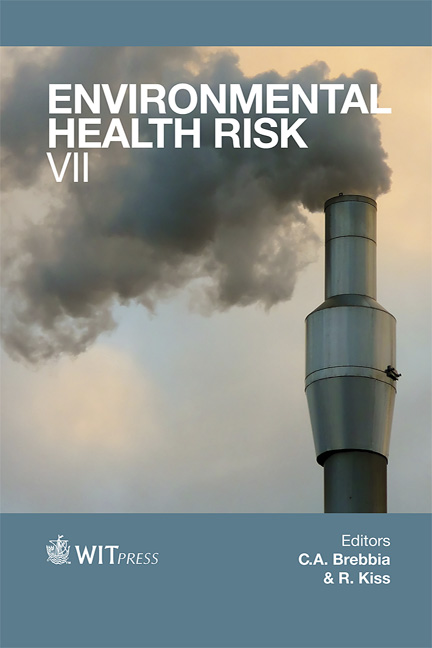A Methodology For Forecasting Hazardous Waste Flows
Price
Free (open access)
Transaction
Volume
16
Pages
10
Page Range
227 - 236
Published
2013
Size
116 kb
Paper DOI
10.2495/EHR130191
Copyright
WIT Press
Author(s)
J. Vilgerts, L. Timma & D. Blumberga
Abstract
In previous years, great attention has been paid to the problem of hazardous waste management. \“Prevention costs” of the activities concerned with hazardous waste (HW) are lower than \“restoration costs” after damage is done. Within the scope of the paper the methodology for forecasting hazardous waste flows was elaborated. The methodology of the research included 6 modules: historical data, assumptions, choose of indicators, data processing, and data analysis with STATGRAPHICS, and forecast models. The proposed methodology was validated for the case for Latvia. A new type of the indicator based on the HW intensity within the Statistical Classification of Economic Activities in the European Community (NACE Rev. 2) sectors and households has been developed. The indicator allows for assessing the HW production intensity. The results of the study suggest that HW intensity in Latvia is forecasted to slowly decrease by 3.8% in next six years. The pessimistic prognosis (upper 95%) gives an increase in HW intensity by 44.5%, but the intermediate (upper and lower 50%) gives a corridor of +18.4% to –36.1%. Keywords: hazardous waste, sustainable development, benchmarking, waste management, indicators, forecast models.
Keywords
Keywords: hazardous waste, sustainable development, benchmarking, wastemanagement, indicators, forecast models.





